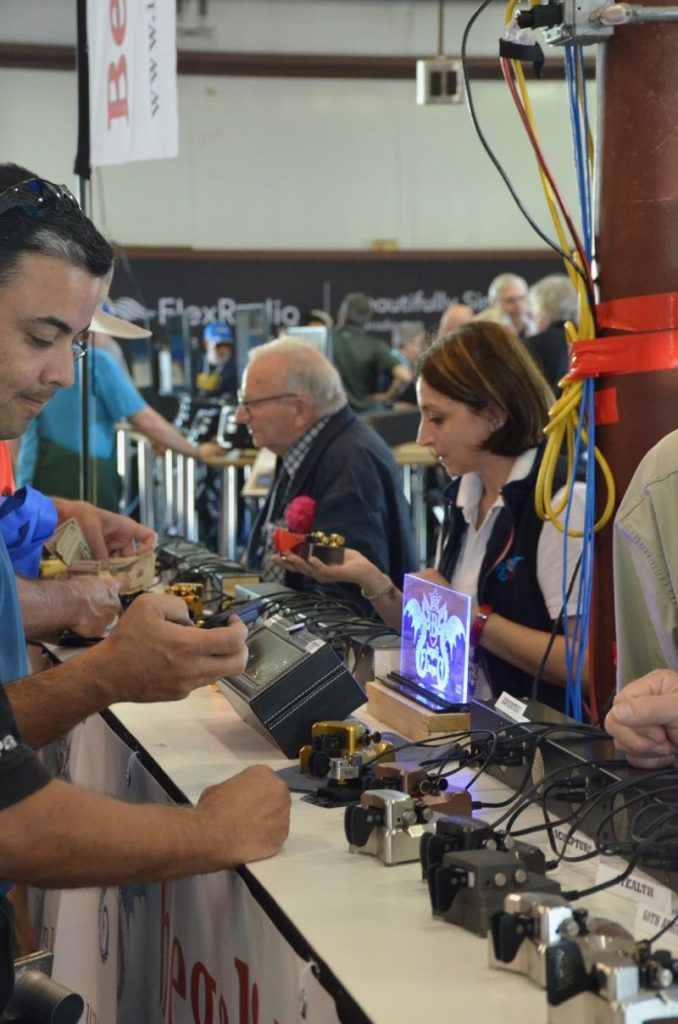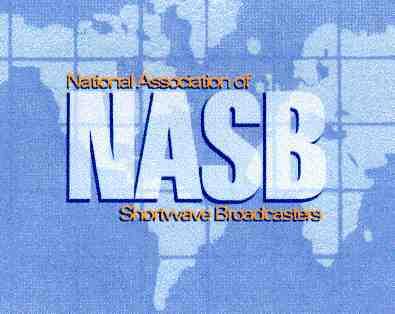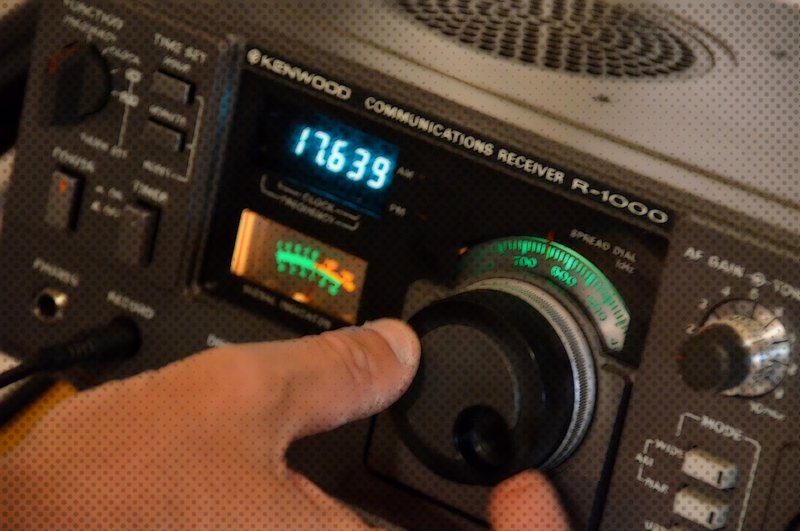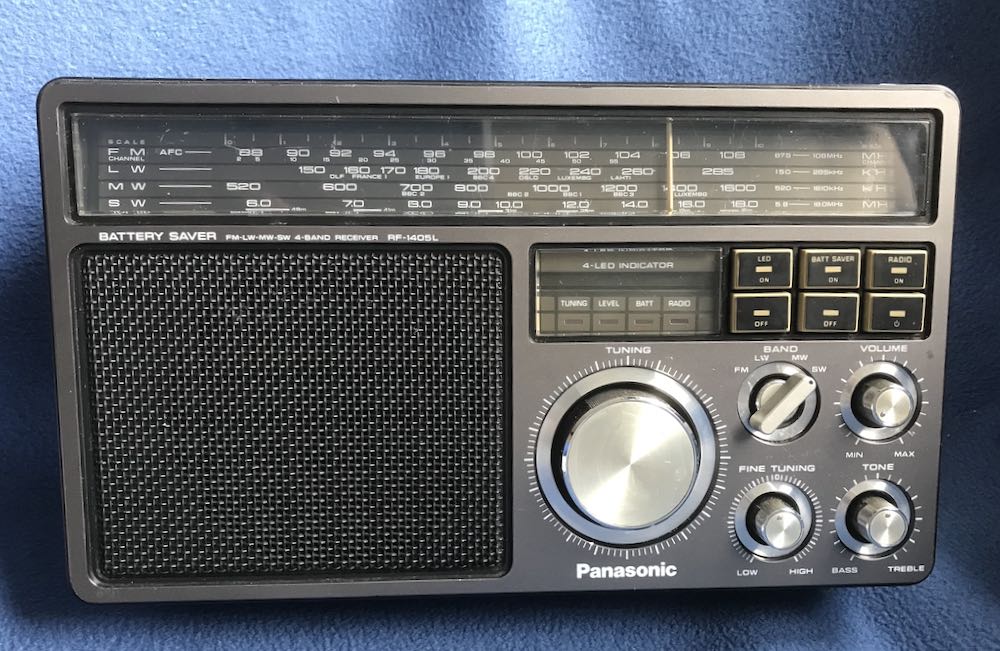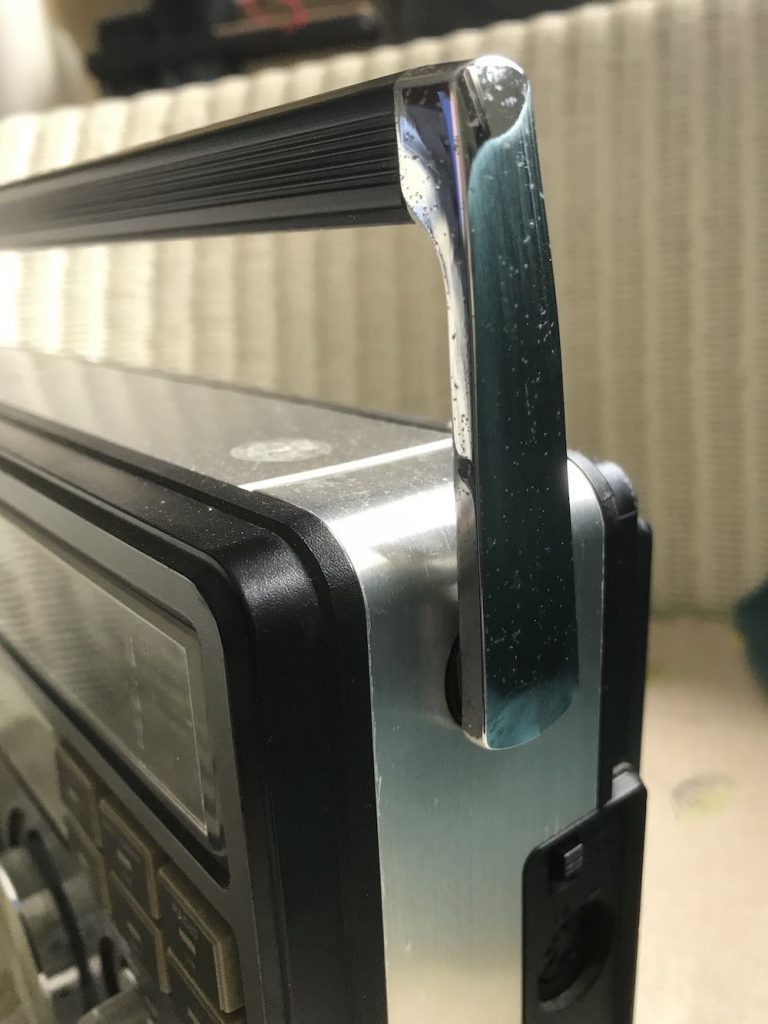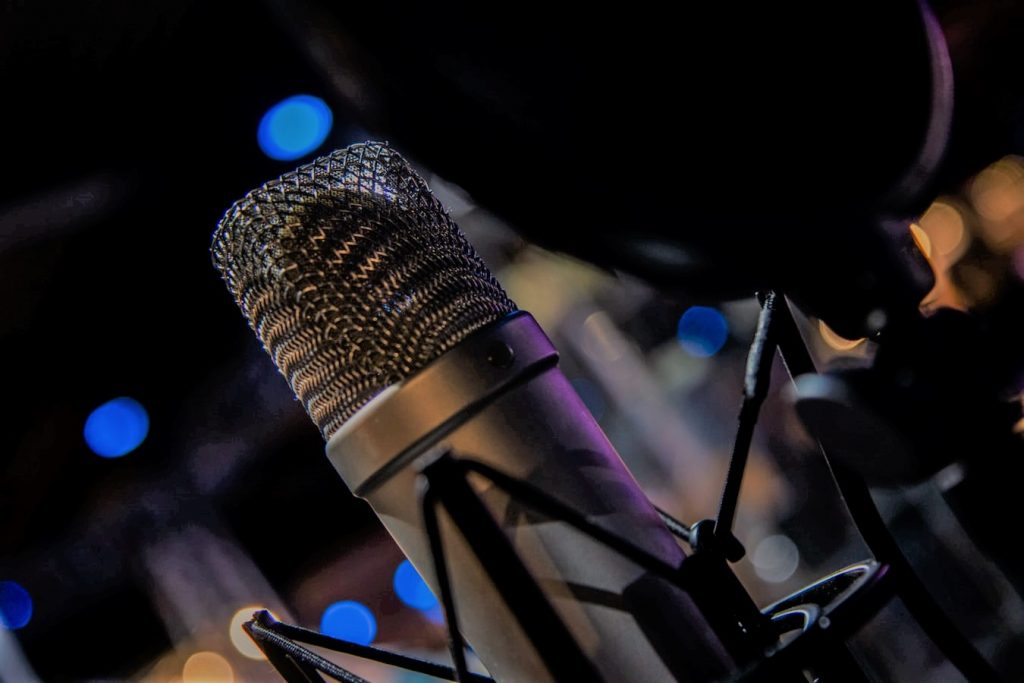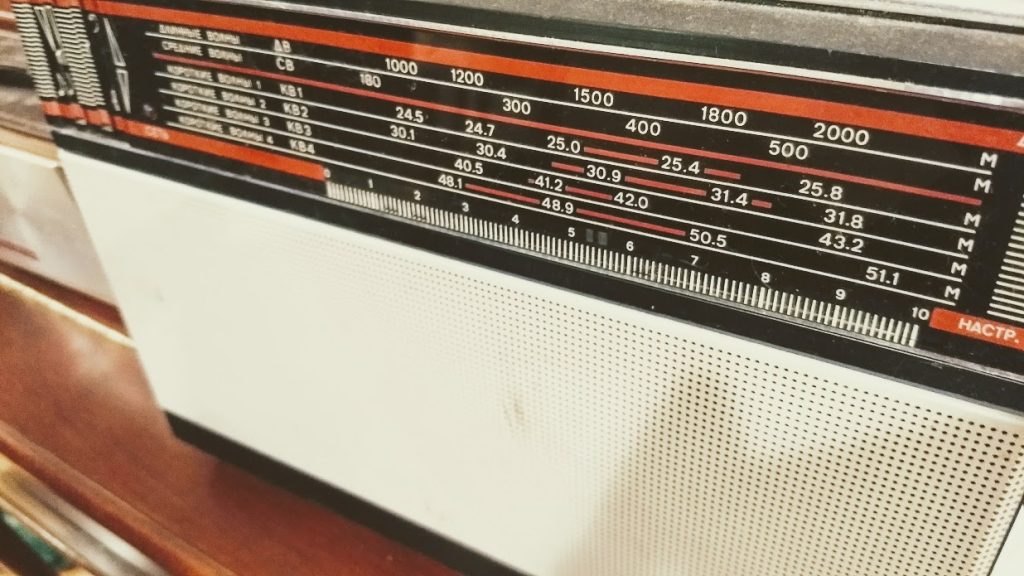
Photo by Victor Rodriguez
Let’s face it: COVID-19 is certainly disrupting “business as usual” across the planet. It’s hurting economies, and of greater concern, hurting people.
Besides washing our hands frequently and not touching our faces, one of the most effective means of slowing/halting the spread of the Coronavirus is by exercising social distancing.
Simply staying home, and if you must go out, keeping your distance from others, makes sense––and since contact between people is how the virus spreads, it will help slow the spread of it. Many in our radio community are older now, so we want to be sure they are not subject to the lung damage or hospitalization (or worse) that can come from contracting the highly-contagious virus, especially among those over 65 or those with other health issues.
But there’s an adjustment we have to make to do this. All around us, large gatherings are being canceled, universities and schools and suspending in-person classes, and business are closing their doors. Many governments and companies are making their employees telecommute from home. Airlines are cancelling flights and some country-to-country travel has even been banned. This is temporary, but nonetheless these are changes to which we must adapt.

Covid-19 global cases (Source: Johns Hopkins University)
Cancellations due to the coronavirus have even hit our radio world: almost every radio convention and gathering on the horizon has been cancelled or rescheduled for a later date. I was looking forward to attending and presenting at my first Ozarkcon QRP conference in early April, but it, too, has been canceled. To help keep track of event cancellations, the ARRL has even created a dedicated page to list all of the canceled ham radio events.
One very conspicuous omission (at time of posting) is the 2020 Hamvention in Xenia, Ohio. I suspect it will eventually cancel as well along with all of the various associated meetings held in conjunction with Hamvention. Frankly, even if Hamvention does manage to weather the COVID-19-prevention closures, I would expect attendance to be dismal this year. [Update: Hamvention cancelled several hours after this post was published]

Part of the Hamvention Food Court area.
Hamvention attracts a large group of international attendees and vendors and the average age of those at Hamvention is Covid-19’s target demographic (60+). True, it’s two months out yet, but most large vendors have to make flight plans now while things are very much in flux. We’ll see how it all plays out in the coming days.
But why temporary social distancing and exercising a little preparedness triggers some individuals to go to extremes or (worse) try to profit from the panic, I’ll never know. I have been witness to some pretty wacky behaviors recently, like the couple I saw Thursday who were buying twenty jugs of Chlorine Bleach. Since a simple 10% bleach solution is recommended for virus disinfection, unless they own an Olympic-sized swimming pool with an algae overgrowth, or are trying to disinfect an entire hospital, what could they want with so much of it?
Social DX
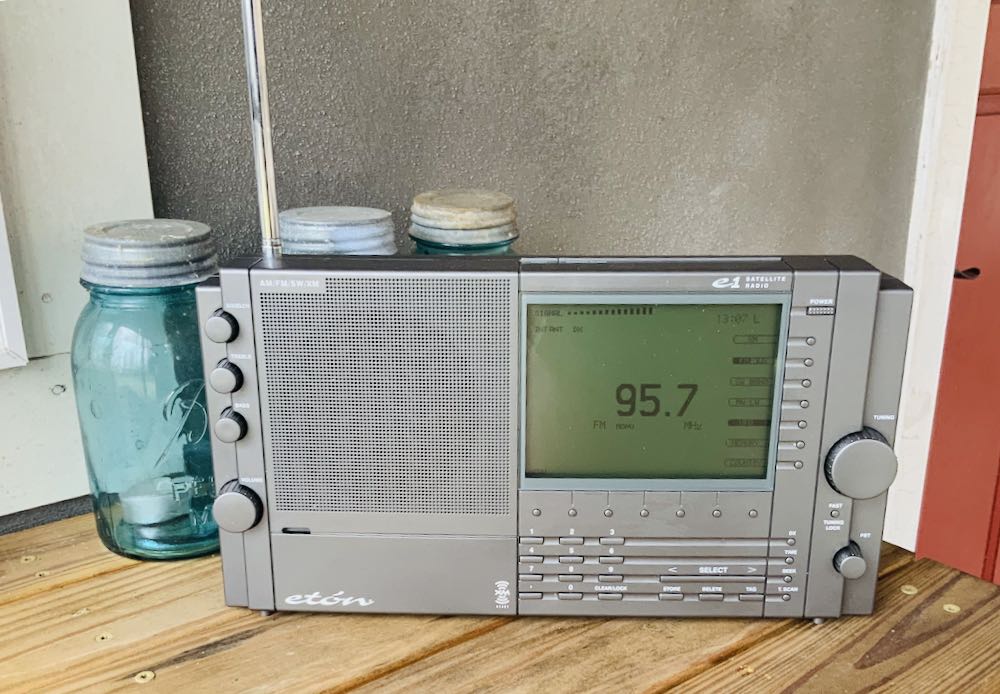
Meanwhile, social distancing, for us radio geeks, is less a form of restriction and isolation or than it is an opportunity.
Those of you who know me well know that I can be quite talkative when I’m with others, especially those who share my love of radio. Many might even assume I’m an extrovert. But if anything, I’m perhaps a socially-comfortable introvert. And in truth, it’s easy for me to adjust to staying in. Like so many SWLs, I enjoy the chance to escape to my radio to tune out the fuss…and tune in the world. A cheerful chat, or listen, over a distance, is my idea of a good time. This is true”social DXing,” if you ask me!
For the next few weeks, here’s what my Social DX Bucket List includes (completed items have a strike through)…
- Clean the sticky residue off the rest of my radios
- Explore Weather Fax a bit more
Activate and chase a few parks in the Parks On The Air programTinker with my uBITX V6 code- Learn more Linux command line
- Chase more HF pirates (since many of them will also have more free time!)
Take my recently-acquired Eton E1 to the fieldAnd perhaps add a few ATNOs (All-Time New Ones) to the logs- Deploy a loop on ground (LOG) antenna
Make a CW only Parks On The Air activation- Start piecing together a QRP EME station
Yes, I definitely welcome a little social DX!
Are you under quarantine or self-imposed social distancing to avoid COVID-19? What are your plans during this time? Please comment!
Do you enjoy the SWLing Post?
Please consider supporting us via Patreon or our Coffee Fund!
Your support makes articles like this one possible. Thank you!


